In today’s fast-paced business world, delivering effective presentations is crucial for communication and success. Microsoft PowerPoint remains a cornerstone for these presentations, and integrating technology can elevate your presentation game. Enter Automation Workflow Optimization, a concept gaining traction for its ability to streamline processes and enhance productivity within PowerPoint. By leveraging automation, businesses can create more impactful presentations with less effort, allowing them to focus on delivering compelling content.
Understanding Automation Workflow Optimization in PowerPoint
Automation Workflow Optimization involves streamlining tasks through technology to improve efficiency and output quality. In the context of PowerPoint, it refers to using automated tools and processes to simplify the creation and delivery of presentations. By integrating automation, you can save time, reduce errors, and ensure consistency across your slides. Benefits include faster turnaround times, improved collaboration, and the ability to focus on crafting engaging narratives rather than getting bogged down in repetitive tasks.
Tools and Techniques for Automation in PowerPoint
PowerPoint offers several built-in features that support automation. Templates and themes can standardize slide design, while macros allow for repetitive tasks to be performed with a single click. SmartArt can automate the creation of complex diagrams, enhancing visual appeal without manual effort. Beyond these features, third-party tools and add-ins can further enhance your workflow. For example, tools like Think-Cell can automate chart creation, while others offer advanced slide management capabilities. Practical implementation might include setting up templates for regular reports or using macros to automate data updates, significantly boosting efficiency and accuracy.
Real-World Applications and Case Studies
Consider companies like Deloitte, which have harnessed the power of Automation Workflow Optimization to transform their presentation processes. By adopting automated tools, they’ve reduced preparation time and increased the impact of their presentations. Professionals recommend starting with small automations, such as using macros for formatting, before moving to complex workflows. Measuring success can be as simple as tracking time saved or assessing audience engagement improvements. According to a report by Forbes, businesses that implement these optimizations often see a marked increase in presentation effectiveness and audience retention.
In conclusion, Automation Workflow Optimization in Microsoft PowerPoint offers immense potential for enhancing the efficiency and effectiveness of your presentations. By adopting these techniques, you can deliver more impactful presentations with less effort, allowing you to focus on what truly matters: your message. As you embark on your next PowerPoint project, consider exploring these automation strategies and see the difference they can make. For those eager to dive deeper into this transformation, feel free to share your experiences or ask questions in the comments. Additionally, consider reaching out to us for personalized insights by visiting our contact us page. Start optimizing your workflow today and elevate your presentation skills to new heights.
